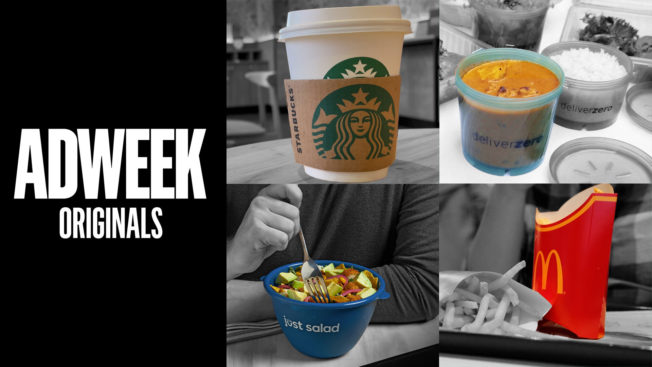The Mammoth Meatball Sustainable Food Stunt That Captured the World
Driving relevance means driving growth. Join global brands and industry thought leaders at Brandweek, Sept. 11–14 in Miami, for actionable takeaways to better your marketing. 50% off passes ends April 10.
A campaign highlighting the risk of extinction because of climate change that featured a monster-sized meatball made from the DNA of a wooly mammoth has become an international viral hit.
The spot was produced by Wunderman Thompson Benelux for Australian food innovation startup Vow’s goal is to mainstream sustainable food with the launch of its first brand, Forged by Vow.
Since the meatball was unveiled last week, the campaign has been reported on by major media outlets around the world including an exclusive with The Guardian before being picked up by The Wall Street Journal, CBS News, The Daily Show, CNN, The Daily Mail, The Late Show and Reuters.
According to Jessica Hartley, global PR lead for the campaign, more than 250 interviews have been held so far with 2,250 media mentions of Mammoth Meatball, leading to more than 100,000 engagements in the first week.
“The Mammoth Meatball project has achieved its goal,” said James Ryall, chief scientific officer for Vow. “We broke into the mainstream media, and now more people are talking about cultured meat than ever before.”
A mammoth campaign
The 5-minute-plus campaign film explains the development of the Mammoth Meatball, highlighting the extinction crisis that humanity and other animals on the planet face should consumer habits not change.
Using cultured meat, the meatball was created from the DNA of the now-extinct animal, which was completed using fragments of African elephant DNA, which is understood to be a close relative of the mammoth.
Conceived by Bas Korsten, global chief creative officer at Wunderman Thompson, the aim is to start a conversation around the future of food production for the rapidly growing human population.
“The Mammoth Meatball shows the world that when cutting-edge technology meets creativity, it can change our future. Our aim is to start a conversation about how we eat, and what the future alternatives can look and taste like. Cultured meat is meat, but not as we know it. It’s the future,” explained Korsten.
Amsterdam-based agency Wefilm was a creative partner on the project, directed by Juliette Stevens.
Ryall described the ability to create a protein that hadn’t existed in thousands of year as “exciting” and added that cultivated meat could “push boundaries of culinary innovation.”
“Rather than simply replicating existing products, this technology offers us the opportunity to create something truly unique and better,” he said. “It’s a missed opportunity not to take advantage of the potential of cultivated meat to revolutionize the way we think about food. Cultured meat is going to need the support of political systems to generate enough momentum and money to support this brand new technology.”
https://www.adweek.com/creativity/mammoth-meatball-sustainable-food-viral-stunt/
